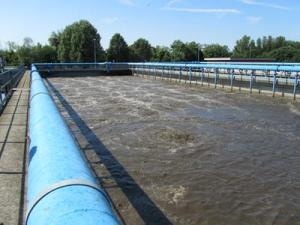Nov 19 2018
A new Environmental Biotechnology Network (EBNet) will be led by the University of Southampton as part of an initiative to reinforce UK’s transition to a low carbon economy for the future.
 The new EBNet will create a working community of key players in environmental biotechnology. (Image credit: University of Southampton)
The new EBNet will create a working community of key players in environmental biotechnology. (Image credit: University of Southampton)
Southampton Professor Sonia Heaven is the Chief Investigator of EBNet, which has received a share of £11M provided by the BBSRC, with the support of the EPSRC, to fund six collaborative Networks in Industrial Biotechnology and Bioenergy (BBSRC NIBB).
Over the following five years, EBNet will develop a working community of main players in the field of environmental biotechnology, connecting natural and social sciences and engineering disciplines to form a bridge between the academic and business groups including FT100 companies in the waste and water industries.
Other beneficiaries will probably be progressive SMEs keen on exploring and exploiting advances in science and participating in collaborative research as a means of creating new methods and markets.
One particular area of influence will come through a focus on confronting new challenges associated with emerging pollutants—micro-plastics, nanoparticles, microfibers, pharmaceuticals, surfactants, and other endocrine disruptors that can obstruct with biological hormone systems causing birth defects, cancers, and other developmental disorders.
EBNet partners include Cranfield, Newcastle, Heriot-Watt, and Surrey Universities, and there are potential synergies with the National Biofilms Innovation Centre led by Southampton's Professor Jeremy Webb.
“The aim of EBNet is to develop and strengthen links between advanced molecular and applied microbiology, engineering and systems optimisation to maximise societal and other benefits,” said Professor Heaven, who is Head of the Water and Environmental Engineering Group at the University of Southampton. “Its overall goal is to take fundamental discovery science towards practical application in key areas of the human/environment interface and to respond to the pace of change needed to match expanding global demand for environmental protection with finite resources
Successful exploitation of these opportunities depends on bringing together an enhanced knowledge of the underlying science with the ability to apply this in large-scale engineered systems, and to create more sustainable 'future-proof' technologies which must meet both societal expectations and increasingly stringent economic and environmental requirements.
Sonia Heaven, Chief Investigator of EBNet and Professor, University of Southampton.